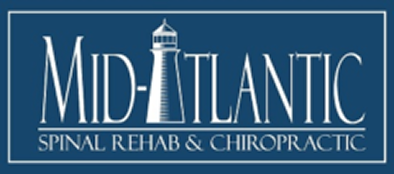Why You Need Chiropractic Help For Injuries
A collision involving a fire truck occurred at Frederick Road and North Prospect Avenue in Catonsville around 8:00 pm on Friday, sending multiple individuals to the emergency room. According to Wilkens Precinct officers, the driver of a civilian vehicle crossed the double yellow line and collided with the fire truck. Baltimore County Medics transported the civilian vehicle’s occupants to a local hospital with non-life-threatening injuries. Details regarding the number of injured individuals in the civilian vehicle were not provided. Fortunately, the fire truck was not in emergency mode, and no firefighters were harmed. The Baltimore County Police Crash Team is investigating the incident.
After an accident, a chiropractor can provide assessment and treatment for injuries such as whiplash, back pain, and soft tissue injuries. They use techniques like adjustments, massage therapy, and exercises to alleviate pain, restore mobility, and promote healing, facilitating a smoother recovery process for individuals involved in accidents.
Lasting Healing With Chiropractic Care
As our Catonsville, MD chiropractor knows, experiencing a truck accident can lead to various injuries, ranging from whiplash to spinal misalignment, that can have long-term impacts on your health and well-being. Seeking care from a chiropractor at Mid Atlantic Spinal Rehab & Chiropractic can be instrumental in facilitating long-term healing and recovery.
Addressing The Root Cause Of Pain
One of the key advantages of seeing a chiropractor after a truck accident is their ability to address the root cause of your pain rather than simply masking symptoms with medication. Through thorough assessment and diagnostic imaging, chiropractors can identify underlying issues such as spinal misalignments or soft tissue injuries that may be contributing to your discomfort. By correcting these underlying issues through targeted adjustments and therapies, chiropractors help restore proper alignment and function to the musculoskeletal system, alleviating pain and promoting long-term healing.
Non-Invasive And Drug-Free Treatment Options
Chiropractic care offers non-invasive and drug-free treatment options for individuals recovering from truck accidents. Unlike surgery or prescription medications, which may carry risks and side effects, chiropractic techniques focus on natural methods to support the body’s innate healing abilities. From gentle spinal adjustments to therapeutic exercises and massage therapy, chiropractors utilize a variety of techniques tailored to each patient’s unique needs and preferences. This holistic approach not only addresses immediate symptoms but also supports long-term recovery and overall well-being.
Preventing Chronic Pain And Disability
By addressing injuries early and promoting proper alignment and function of the spine and musculoskeletal system, chiropractors help prevent chronic pain and disability that may arise following a truck accident. Left untreated, injuries sustained in a truck accident can lead to long-term issues such as chronic pain, reduced mobility, and decreased quality of life. Chiropractic care focuses on restoring balance and function to the body, reducing the risk of long-term complications, and promoting optimal health and vitality.
Seeking care from a chiropractor at Mid Atlantic Spinal Rehab & Chiropractic after a truck accident can provide you with the comprehensive and personalized care needed for long-term healing and recovery. Contact us today to schedule a consultation and take the first step toward restoring your health and well-being after a truck accident.
